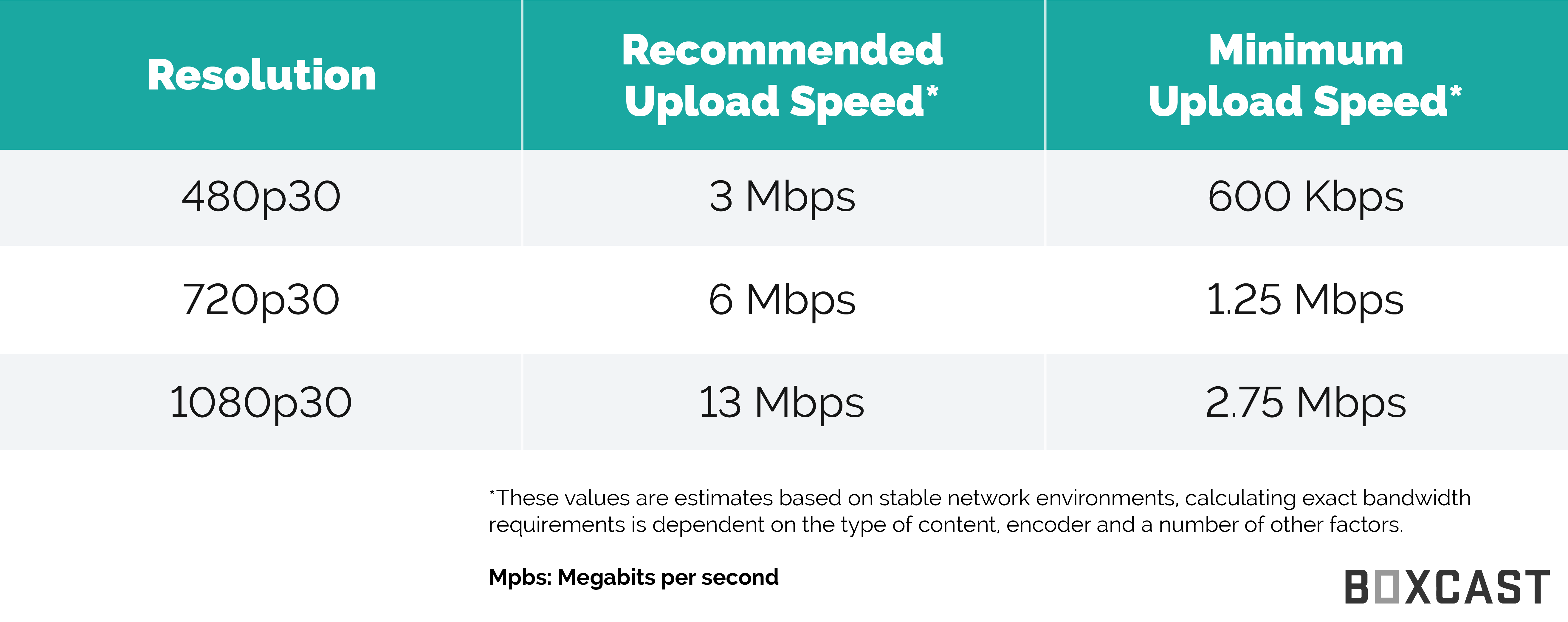
Generally, you need between 25-50 Mbps internet speed for one device to stream a 4K video. However, you should note that the upload speed plays a key part when making video calls. Additionally, a large office with people can make calls comfortably as long as the router is strong to support lots of connections. Fortunately, having 1000 Mbps will solve this problem.įor example, Zoom uses as low as 1.5 Mbps, meaning over 600 people can use similar broadband with 1000 Mbps internet to make calls. These days family and friends like to communicate via video calls and it can be frustrating when the internet cannot handle this communication as it is not fast enough. So, if you are lucky enough to have 1000 Mbps internet speed, below are some of the things that you can do with it: Video Calls and Communicating However, it is not suitable for everyone as 10 Mbps upload speed and 50 Mbps download speed is enough if you are working from home, for example.

Turn off your video or switch to a wired connection for better results.The 1000 Mbps or gigabit internet can easily handle plenty of processes. So even if your download speed is safely in the clear for video calls, your upload speed might not be up to par for big group calls. Cable and DSL internet providers give customers much less upload speed than download. If you run into issues, your upload speed is the most likely culprit. That’s great because it means we can all stay connected. Most households with an internet connection can manage at least the minimum requirements. Video calling apps don’t require very much speed.

Moreover, certain types of internet connections (like fiber) tend to have lower latency than others (like satellite internet). You can’t control your connection’s latency as directly as you can improve your speed by upgrading, but lower latency is better. Most video conferencing applications work best with less than 150 ms of latency.



 0 kommentar(er)
0 kommentar(er)
